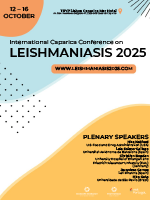Proteomic identification of muscle-associated biomarkers of amyotrophic lateral sclerosis using the wobbler mouse model of primary motor neuronopathy
DOI: 10.5584/jiomics.v4i2.171
Abstract
Motor neuron disease is a major group of inherited or spontaneous disorders that are associated with muscular atrophy. Recently, muscle preparations from the genetic wobbler mouse model of primary motor neuronopathy have been analyzed by mass spectrometry-based proteomics. The progressive degeneration of individual motor neurons was shown to cause complex alterations in the concentration or isoform expression pattern of muscle proteins involved in the excitation-contraction-relaxation cycle, the cytoskeleton, ion handling, cellular signaling, the stress response and energy metabolism. In this article, we compare the panel of potential new muscle-associated biomarkers that have been obtained by two different, but complementary, bioanalytical approaches, i.e. label-free mass spectrometric analysis versus fluorescence two-dimensional difference-in gel electrophoresis. The complex disease-associated changes in the muscle proteome are considerably different to the more unilateral skeletal muscle transitions observed in experimentally denervated fibers or disuse-related muscular atrophy. The apparent subtype-specific vulnerability of neuromuscular synapses and compensatory mechanisms of fiber type shifting in motor neuron disease is discussed, and contrasted to other forms of muscular atrophy.









